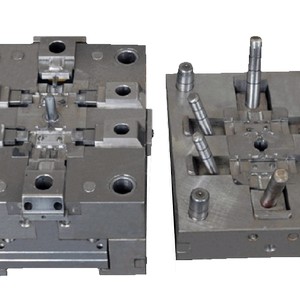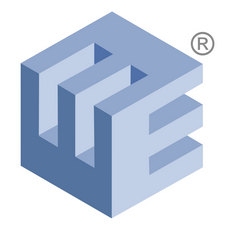Aluminum Tooling life shorter than Zinc?

Is aluminum tooling life shorter than zinc one? Why? The erosion of aluminum die in comparison to zinc die is primarily attributed to the chemical properties and reactions between aluminum and other materials.
Aluminum is a highly reactive metal, particularly when exposed to certain elements and compounds. When molten aluminum comes into contact with materials such as iron, it can undergo a chemical reaction known as galvanic corrosion. In the context of die casting, this corrosion can lead to erosion and degradation of the die.
Iron, commonly found in the components of die casting machines like the crucible or injection system, can react with the molten aluminum. This reaction results in the formation of aluminum oxide, which is an abrasive compound. The abrasive nature of aluminum oxide causes accelerated wear and erosion on the surfaces it comes into contact with, including the die.
In contrast, zinc is less reactive compared to aluminum. It does not exhibit the same level of galvanic corrosion when in contact with iron or other common die materials. Therefore, zinc dies tend to experience slower erosion rates compared to aluminum dies.
To mitigate the erosion of aluminum dies, various measures can be taken. One approach is to use specialized coatings or surface treatments on the die to provide a protective barrier between the aluminum and the reactive materials. Additionally, the use of improved die materials, such as high-strength steels or alloys with better resistance to corrosion, can help prolong the lifespan of aluminum dies.
It is important to note that factors such as operating conditions, alloy composition, and maintenance practices also influence the erosion rates of dies. Therefore, proper die design, regular maintenance, and appropriate material selection are crucial to minimizing erosion and maximizing the lifespan of dies, regardless of the alloy being cast.

